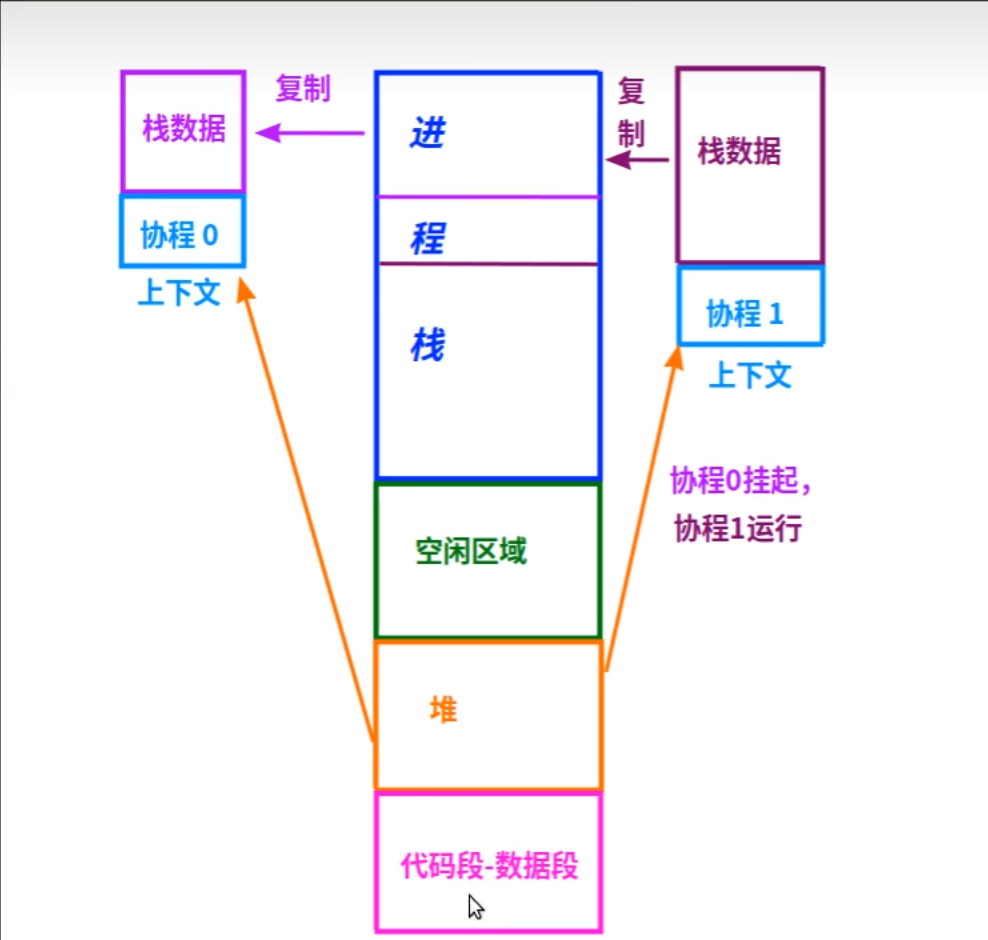1
2
3
4
5
6
7
8
9
10
11
12
13
14
15
16
17
18
19
20
21
22
23
24
25
26
27
28
29
30
31
32
33
34
35
36
37
38
39
40
41
42
43
44
45
46
47
48
49
50
51
52
53
54
55
56
57
58
59
60
61
62
63
64
65
66
67
68
69
70
71
72
73
| int scfvsnprintf(char *buf, int size, const char* fmt,va_list* ap)
{
int n = 0;
while(*fmt){
if("%" != *fmt){
buf[n++]=*fmt++;
continue;
}
fmt++;
if("%"==*fmt){
buf[n++]=*fmt++;
continue;
}
int prefix = 0;
if('#'==*fmt){
prefix++;
fmt++;
}
int l = 0;
if('l' == *fmt){
l++;
fmt++;
}
if('c'==*fmt){
buf[n++]=va_arg(ap,int32_t);
}
else if('u'==*fmt){
if(l)
scf_ulong2a(buf,&n,size,va_arg(ap,uint64_t));
else
scf_ulong2a(buf,&n,size,va_arg(ap,uint32_t));
}
else if('d'==*fmt){
if(l)
scf_long2a(buf,&n,size,va_arg(ap,int64_t));
else
scf_long2a(buf,&n,size,va_arg(ap,int32_t))
}
else if('x' == *fmt){
if(prefix){
if(l)
scf_hex2a_prefix(buf,&n,size,va_arg(ap,uint64_t));
else
scf_hex2a(buf,&n,size,va_arg(ap,uint32_t));
}
}
else if('p'==*fmt)
scf_p2a(buf,&n,size,va_arg(ap,uint64_t));
else if('s' == *fmt)
scf_str2a(buf,&n,size,va_arg(ap,char*));
else if('f' == *fmt){
if(l)
scf_double2a(buf,&n,size,va_arg(ap,double));
else
scf_double2a(buf,&n,size,va_arg(ap,float));
}
else
return -1;
fmt++;
}
buf[n] = '\0';
return n;
}
|








